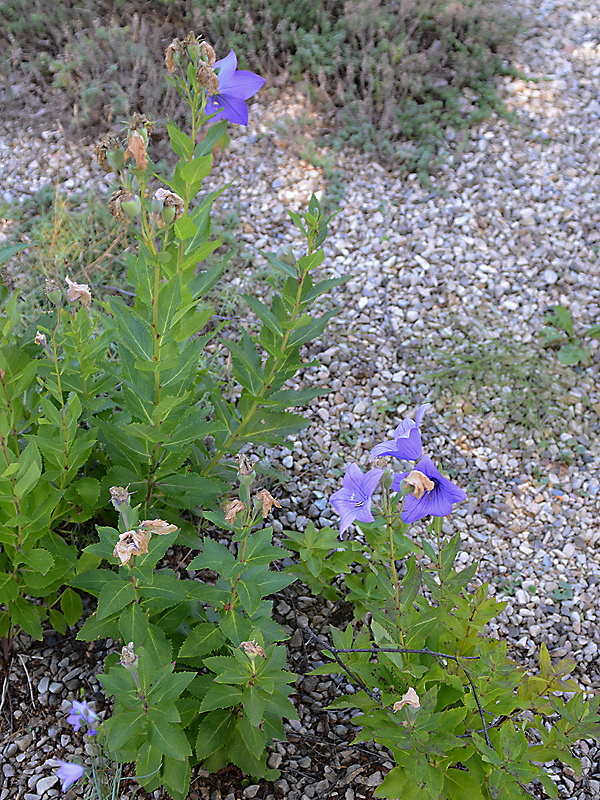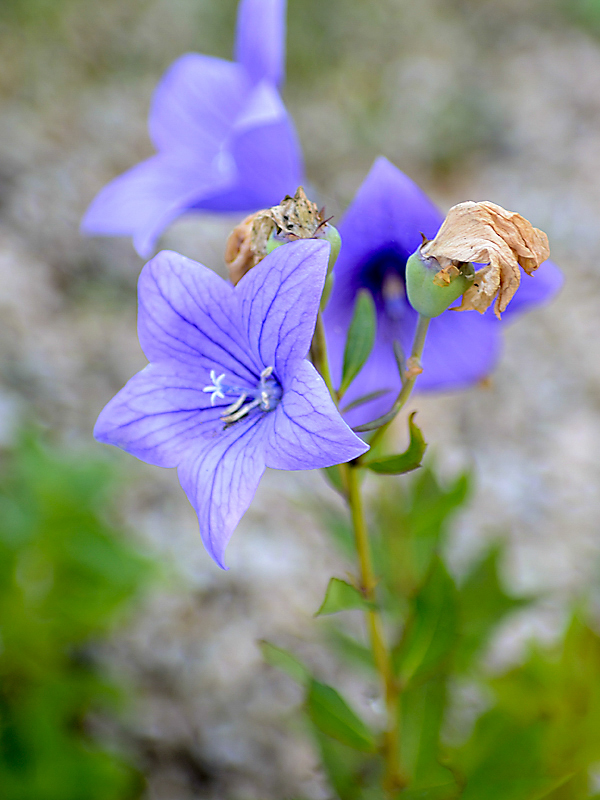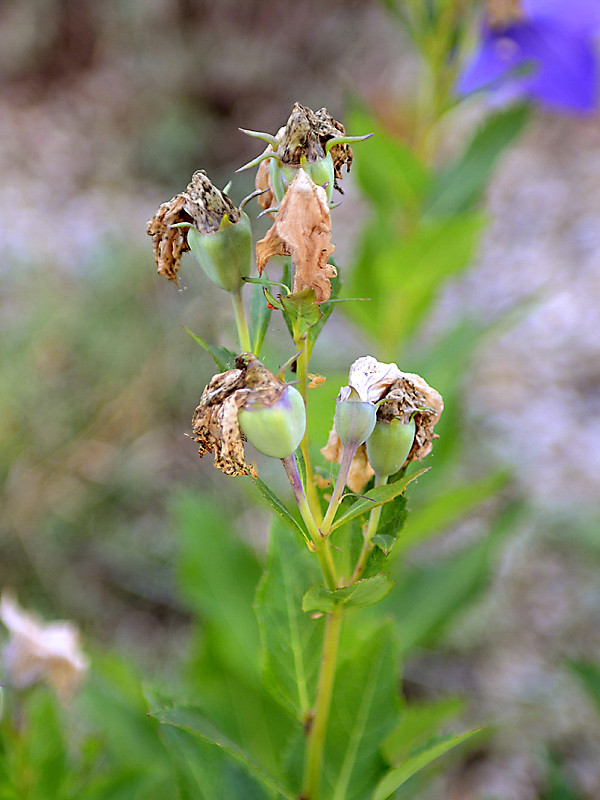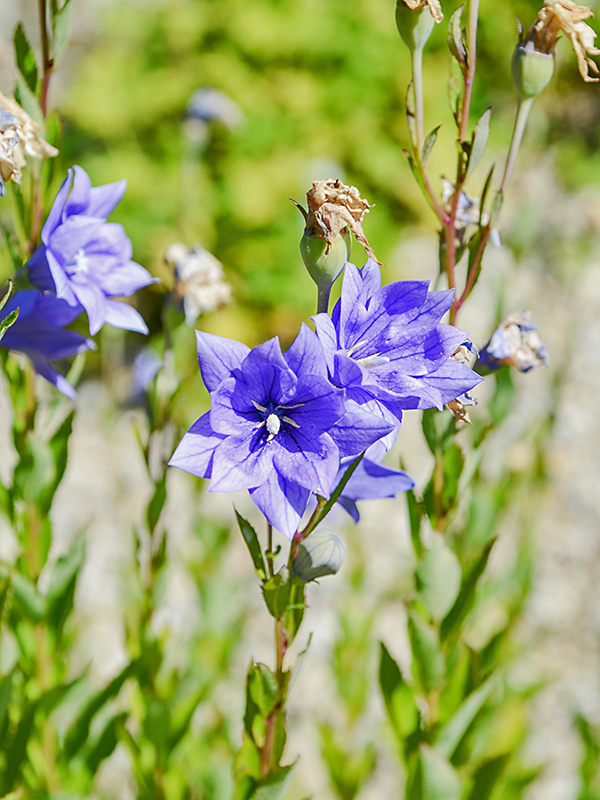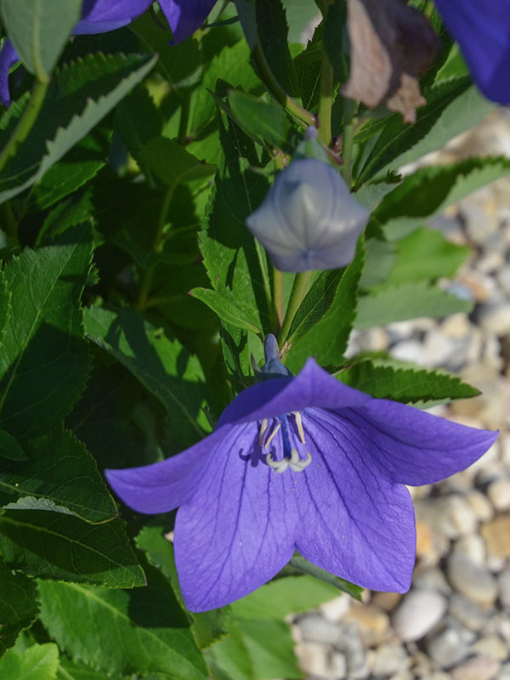Platycodon grandiflorus (Balloon Flower, Japanese Bellflower)
Botanical Information
| Family | Campanulaceae |
| Genus | Platycodon |
| Species | grandiflorus |
| Synonyms | Campanula glauca |
| Category | Perennials |
| Origin | Eastern Asia. The flower shape is, to borrow from the Greek origin of the name Platycodon, "broad bell" shaped. The ballon reference, on the other hand, relates to the way the flowers puff up just before opening. |
| Ethnobotanical Uses Disclaimer | Though the roots and lower leaves are toxic, this plant is used in traditional Chinese medicine, and the roots, once properly processed, are used as an anti-inflammatory cough remedy. In Korea, the cooked roots are used as a salad ingredient. |
Details
| USDA Hardiness Zone | 3 - 8 |
| USDA Hardiness Ref. | |
| Canadian Hardiness Zone | 1a - 7a |
| Canada Hardiness Ref. | |
| RHS Hardiness Zone | H5 - H7 |
| RHS Hardiness Ref. | |
| Temperature (°C) | -40 - (-9) |
| Temperature (°F) | -40 - 15 |
| Height | 30 - 70 cm |
| Spread | 30 - 45 cm |
| Growth | Medium |
| Flowering Period | June, July, August |
Description and Growing Information
| Landscape | Rock gardens, edging, containers. |
| Propagation | Growing from seed is the best method of propagation. |
| Cultivation | This low maintenance herbaceous perennial requires medium water and between full sun to partial shade. |
| Pests | Slugs and snails are the main risk to Platycodon grandiflorus, though root rot is possible in soil that is too moist. |
| Notable Specimens | The Devonian Botanic Garden, Devon, Alberta, Canada. |
